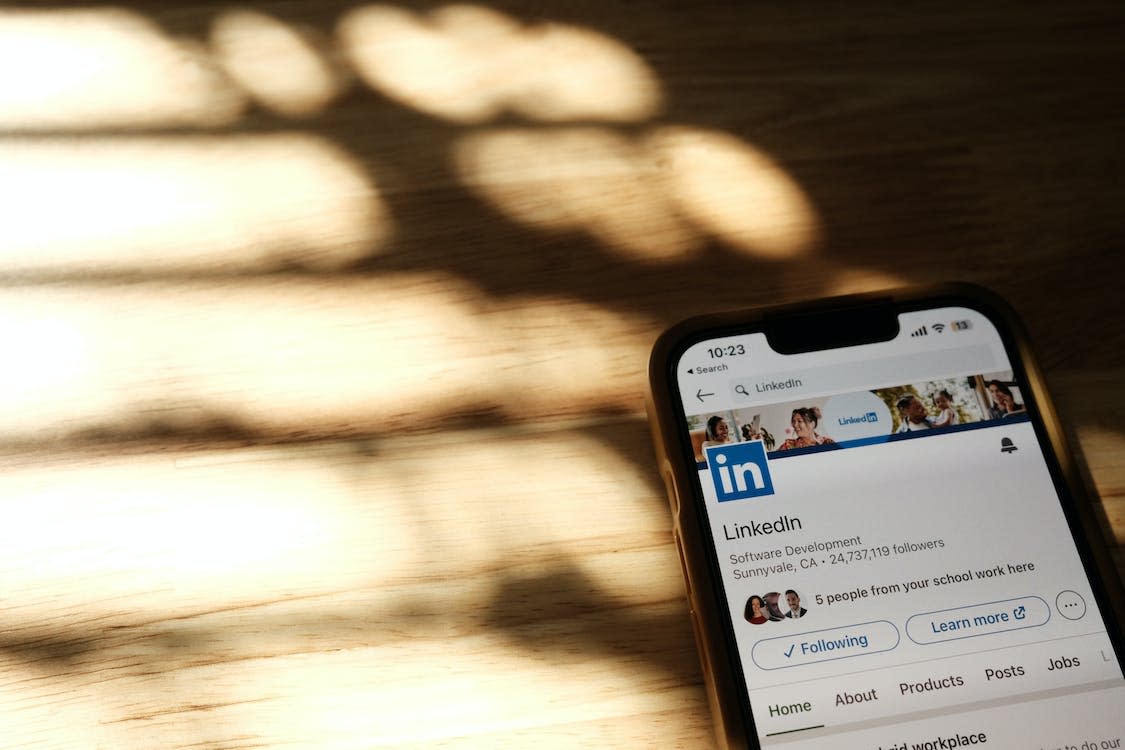Mastering the Cover Letter: A Comprehensive Guide



Introduction
When it comes to job applications, your cover letter is your chance to make a memorable first impression on potential employers. Crafting a captivating cover letter can significantly increase your chances of landing an interview and ultimately securing your dream job. In this blog post, we will guide you through the process of creating a compelling cover letter that grabs employers' attention from the very first line. Get ready to stand out from the competition!
Section 1: The Purpose of a Cover Letter
Understanding the importance of a cover letter in the job application process is essential. A well-crafted cover letter goes beyond what your resume can convey, allowing you to showcase your personality, enthusiasm, and fit for the role. It provides an opportunity to highlight specific skills and experiences that make you a strong candidate for the position. A compelling cover letter complements your resume and helps you stand out in a sea of applicants.
Section 2: Research and Personalization
Before writing your cover letter, take the time to research the company, its values, and the job requirements. Thorough research will enable you to tailor your cover letter and demonstrate your knowledge and genuine interest in the organization. Addressing the hiring manager by name, if possible, shows that you've invested time and effort in getting to know the company. Personalizing your cover letter helps create a connection and shows that you're genuinely interested in the opportunity.
Section 3: Crafting an Attention-Grabbing Opening
The opening line of your cover letter is crucial in capturing the reader's attention. Instead of starting with a generic introduction, consider using creative techniques to engage the reader right from the beginning. You can begin with a compelling story that highlights your relevant experience, pose a thought-provoking question that relates to the company's mission, or start with a statistic that showcases your industry knowledge. By starting with an attention-grabbing opening, you increase the chances of the hiring manager continuing to read your cover letter with interest.
Section 4: Highlighting Relevant Skills and Achievements
In this section, focus on highlighting specific skills and achievements that directly relate to the position you're applying for. Instead of simply restating information from your resume, provide context and examples to demonstrate your qualifications. Be concise but descriptive, allowing the hiring manager to understand the impact you've made in previous roles and how it translates to the position you're seeking.
Section 5: Expressing Enthusiasm and Fit
Expressing genuine enthusiasm for the company and the role is essential in your cover letter. Showcasing your passion and alignment with the company's values and mission can make a positive impression on the reader. Use a paragraph to explain why you're interested in the organization, how your skills and goals align with their objectives, and what unique contributions you can bring to the table. Let your enthusiasm shine through your words, demonstrating that you're not just looking for any job but genuinely excited about the possibility of joining their team.
Section 6: Closing with Confidence and a Call to Action
End your cover letter on a strong note by summarizing your qualifications and expressing gratitude for the opportunity to apply. Convey confidence in your ability to contribute to the company's success. Use a final paragraph to reiterate your interest in the role and express your eagerness to discuss further in an interview. End your cover letter with a clear call to action, such as providing your contact information or mentioning your availability for an interview. Leave the hiring manager with a positive impression and a clear next step to take.
Section 7: Avoiding Common Pitfalls
Generic Language:
Avoid using generic phrases and clichés that fail to differentiate you from other candidates. Instead, use specific language to showcase your unique skills and experiences.
Lack of Tailoring:
Tailor your cover letter for each position by addressing the specific job requirements and company values. Avoid sending the same generic cover letter to multiple employers.
Lengthy and Unfocused Content:
Keep your cover letter concise and focused on the most relevant information. Avoid rambling or including unnecessary details.
Grammatical Errors:
Proofread your cover letter carefully to avoid grammatical and spelling mistakes. Use grammar and spell-check tools or ask someone else to review it for you.
Lack of Confidence:
Convey confidence in your abilities and qualifications throughout your cover letter. Avoid sounding uncertain or downplaying your achievements.
Section 8: Putting It All Together: Summary and Action Steps
Crafting a compelling cover letter requires research, personalization, attention-grabbing openings, highlighting relevant skills and achievements, expressing enthusiasm and fit, and closing with confidence. By avoiding common pitfalls and following the steps outlined in this blog post, you can create a standout cover letter that grabs employers' attention from the first line. Tailor your cover letter for each application, showcasing your unique qualifications and demonstrating your genuine interest in the position and organization. Remember to proofread your cover letter for any errors and always end with a strong closing statement and a clear call to action.
With these tips in mind, you're ready to embark on the journey of crafting a compelling cover letter that sets you apart from other applicants. Use the power of words to showcase your skills, personality, and passion, and watch as you open doors to exciting career opportunities. Good luck!

